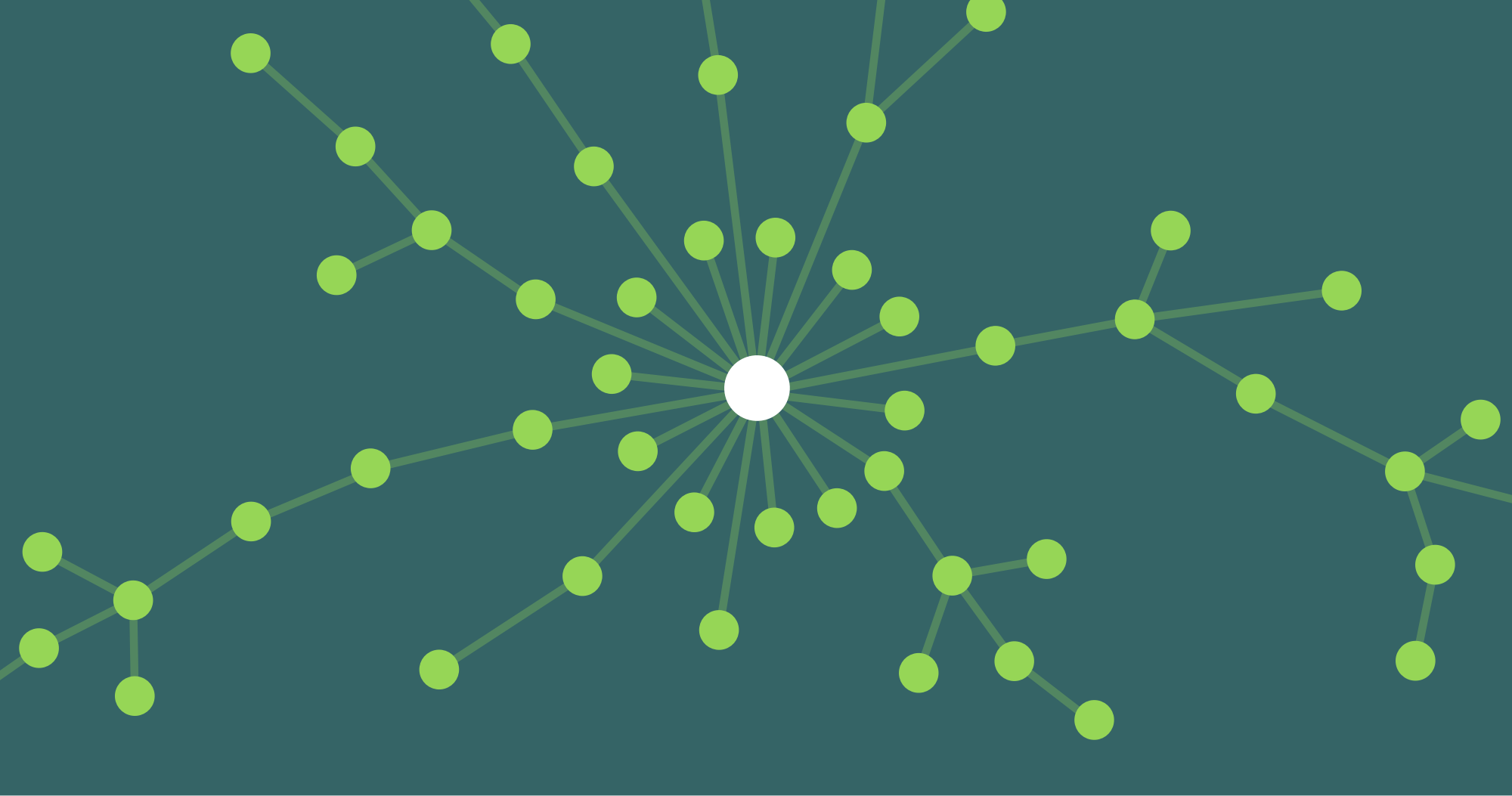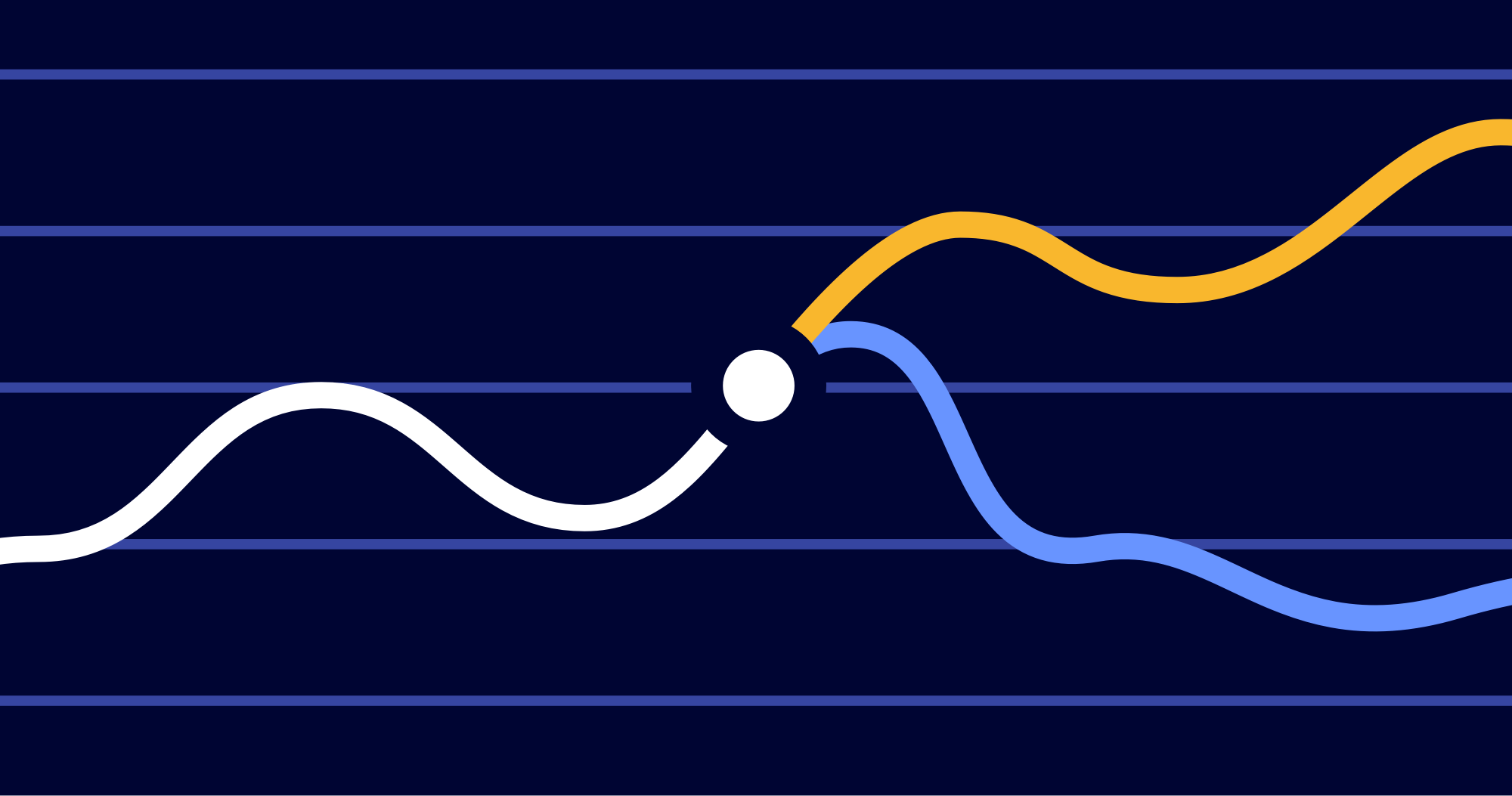Using Models to Make Tough Decisions

We all know the feeling of finding ourselves at a crossroads. We stand peering into the mist of uncertainty, weighing the options, hoping to choose the best path forward. The higher the stakes, the tougher the call. But ultimately we have to decide; standing still is a decision too.
Leadership is defined by choices at crossroads. Whether you’re a family matriarch, a team captain, a CEO, the director of a nonprofit, or a governor, the easy decisions are made by your subordinates. Only the toughest calls bubble up to you. Judgement, the carefully cultivated ability to dance with the unknown, is the leader’s special skill.
You choreograph that dance with the unknown by modeling possible futures to inform your present-day choices. Because the future is fundamentally unknowable, this is a disciplined act of analysis of possibilities, not prediction. There are four basic approaches to this kind of future modeling.
First, you can imagine what might happen. When you’re planning a family vacation, you picture what it might be like to go on a camping trip versus visiting the grandparents over a long weekend. This thought experiment is a mental model that allows you to weigh the relative pros and cons.
Second, you can solicit expert advice. When the President of the United States faces a key policy decision, he invites key advisors to the Oval Office to debate the merits of going one way or the other. These experts each bring a lifetime of relevant knowledge, experience, and intuition to the table, and the group discussion represents a shared mental model that provides intellectual scaffolding for the President’s decision.
Third, you can build or query a mathematical model. When a CEO is comparing competing strategies for what to invest in over the coming year, she works with the CFO to analyze the company’s financials. Mathematical models can be far more sophisticated than the spreadsheets used to track a company’s financial performance. The algorithms used by climatologists to project rising global temperatures, by hedge funds to make automatic trades, by your iPhone to autocomplete your text message, and by statisticians to evaluate the chances of contenders for the NBA Championship are all mathematical models. These mathematical models are different from the previous examples’ mental models because they exist in a computer outside peoples’ minds. That doesn’t mean that they’re right, though it does mean that their assumptions, inputs, and outputs are explicit in a way that human thought isn’t.
Fourth, you can simulate what might happen. Armies execute maneuvers and participate in war-games. Therapists ask patients to role-play. MBA students extrapolate from case studies. Tremendous advances in computing power over the past few decades have made new kinds of computational simulation possible. Pilots learning to fly log many, many hours in flight simulators practicing every maneuver under diverse conditions so that they’re prepared when crisis strikes thirty thousand feet in the air. The Hong Kong Airport created a digital twin of itself in the Unity game engine to simulate passenger flow and maintenance issues.
At Epistemix, we are working with state governments, school districts, sports franchises, and major corporations to simulate the health impacts of key COVID-19-response decisions like how to best distribute vaccines, reopen schools, host events, and return to offices. Like mathematical models, simulations are explicit, but unlike mathematical models which infer future predictions from existing trends, computational simulations are digital twins of the real world where you can play out various scenarios to observe and compare their specific consequences.
These four approaches to modeling the future are complementary, not mutually exclusive. Imagination, expert advice, quantitative analysis, and computational simulation each offer a useful lens through which to evaluate tough decisions. When leaders find themselves at a crossroads and the stakes are high, the best choice is the informed choice. The buck still stops with you, but the good news is that you have more tools at your disposal to deepen your understanding and strengthen your judgement than ever before.
See our simulations in action.
John Cordier is the CEO of Epistemix.
Image credit: Hanna Morris, Unsplash, 2019.

